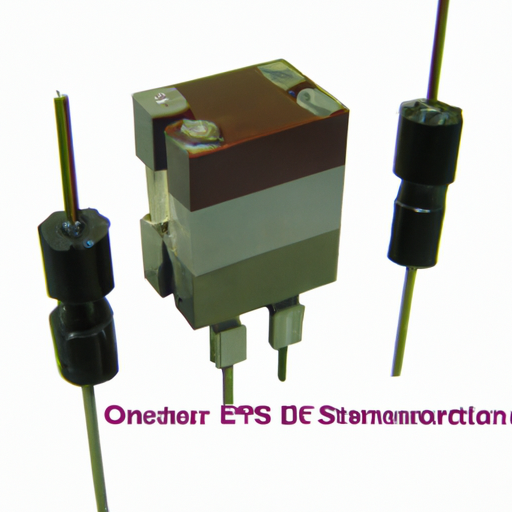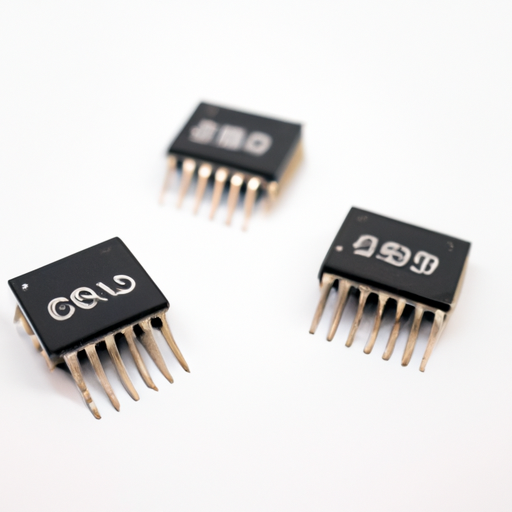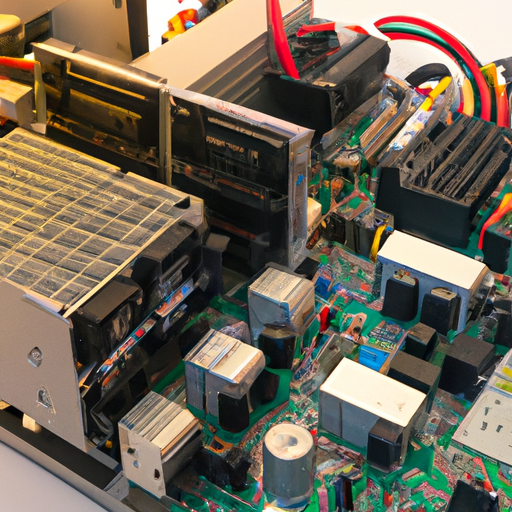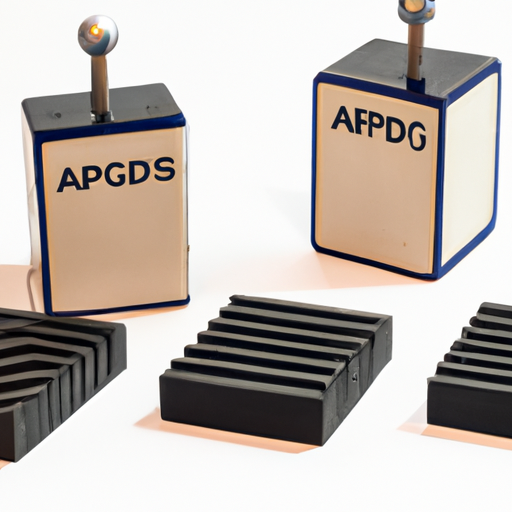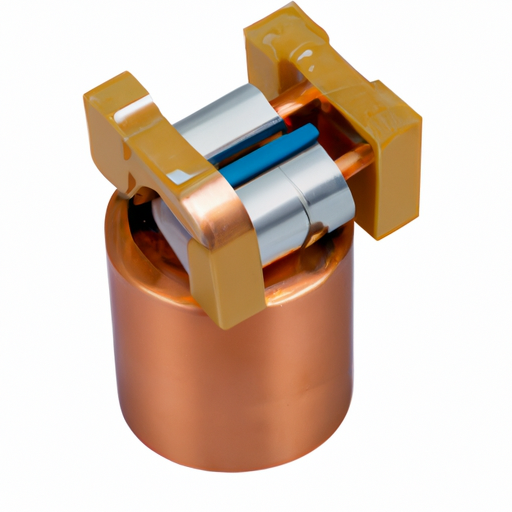CFR-50JB-52-1M5 Isolation Transformers and Autotransformers, Step Up, Step Down highlighting the core functional technology articles and application development cases of Isolation Transformers and Autotransformers, Step Up, Step Down that are effective.
Overview of CFR-50JB-52-1M5 Isolation Transformers and Autotransformers
The CFR-50JB-52-1M5 model represents a significant advancement in transformer technology, particularly in the realms of isolation and autotransformation. These transformers are essential in various applications, ensuring safety, efficiency, and reliability in electrical systems.
Core Functional Technologies
Isolation Transformers 1. **Electromagnetic Induction**: The primary and secondary windings are magnetically coupled, allowing for voltage transformation while maintaining electrical isolation. This is crucial for protecting sensitive equipment from electrical faults.
2. Voltage Transformation: Isolation transformers can step up or step down voltage levels, making them versatile for different applications. They maintain a stable output voltage, which is vital for sensitive electronic devices.
3. Safety Features: By isolating the load from the power source, these transformers significantly reduce the risk of electric shock. They also protect against voltage spikes and transients, enhancing the safety of connected equipment.
4. Noise Filtering: Isolation transformers are effective in filtering out electrical noise, which is particularly beneficial in environments with sensitive electronic equipment, such as laboratories and data centers.
Autotransformers 1. **Single Winding Design**: Autotransformers utilize a single winding that serves as both the primary and secondary winding. This design allows for a more compact and lightweight transformer compared to traditional isolation transformers.
2. Higher Efficiency: Due to the shared winding, autotransformers exhibit lower copper losses, making them more efficient for voltage transformation.
3. Versatile Voltage Adjustment: Autotransformers can easily adjust voltage levels, making them suitable for applications requiring both step-up and step-down capabilities.
4. Space-Saving: Their compact design is advantageous in applications where space is limited, such as in residential or commercial electrical systems.
Application Development Cases
1. Industrial Machinery - **Example**: CNC machines and robotic arms often require stable voltage supplies to function correctly. Isolation transformers ensure that these machines operate without interference from power fluctuations. - **Outcome**: Enhanced operational reliability and reduced downtime due to electrical issues.
2. Medical Equipment - **Example**: MRI machines and surgical devices rely on isolation transformers to ensure safe and stable operation. These transformers prevent electrical noise from affecting sensitive medical equipment. - **Outcome**: Improved patient safety and device performance, leading to better healthcare outcomes.
3. Audio and Video Systems - **Example**: High-fidelity audio systems use isolation transformers to eliminate ground loops, which can cause hum and noise in audio signals. - **Outcome**: Superior sound quality and a more enjoyable user experience.
4. Renewable Energy Systems - **Example**: In solar power installations, autotransformers are used to step up the voltage from solar panels to match grid requirements, facilitating efficient energy transfer. - **Outcome**: Increased energy efficiency and reduced costs in energy conversion processes.
5. Power Distribution Networks - **Example**: Both isolation transformers and autotransformers are employed in power distribution systems to manage voltage levels across different grid sections, ensuring stability and reliability. - **Outcome**: Improved grid performance and better integration of renewable energy sources, contributing to a more sustainable energy future.
Conclusion
The CFR-50JB-52-1M5 isolation transformer and autotransformer models exemplify the critical role of transformers in modern electrical systems. Their ability to enhance safety, improve efficiency, and reduce electrical noise makes them indispensable across various applications. As technology advances, ongoing developments in transformer design and functionality will likely focus on further enhancing performance, efficiency, and compatibility with emerging smart grid technologies. This evolution will ensure that isolation transformers and autotransformers continue to meet the demands of an increasingly electrified world.

